Decoding MF Husain
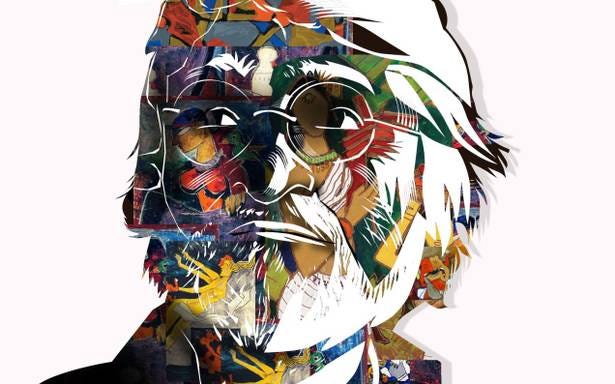
I recently went to an Art workshop about MF Husain. What drew me to the workshop was that the painting we were to do was Husain’s horses. I naturally got curious and went online to find out why he liked painting horses so much and came to find quite a lot of controversy and variety that surrounded his life as an artist.
Husain was born on 17 September 1915 in Pandarpurto a Sulaymani Bohra family who trace their roots back to Gujarat within the last 200 years, and then originally to Yemen. He picked up taste in art through studying calligraphy while he stayed at a Madraasa in Baroda. Early in his career Husain painted cinema posters in Mumbai. To earn extra money, he worked for a toy company designing and building toys. He often traveled to Gujarat to paint landscapes when he could afford to. As any artist Husain dabbled in a variety of areas. It was only post this that he started honing his artistic skills as a painter.
Husain developed his painting skills in the 1930s, painting billboards for the growing Bollywood film industry. This was a clique of young artists who wished to break with the nationalist traditions established by the Bengal School of Art and to encourage an Indian avant-garde, engaged at an international level. The artists cite “The Partition” of India and Pakistan 14 August 1947, with its resulting religious rioting and heavy loss of life as their reason for forming The Progressive Artist’s Group in Bombay in December 1947. The artists saw the Partition as a “turning point” for India, and their new style of art was urged on by, and was also a turning point for, (modern) Indian Art. Husain’s first solo exhibit was in 1952 in Zurich. His first U.S.A. exhibit was at India House in New York in 1964. In 1966, he was awarded the prestigious Padma Shri .
There is a lot of curiosity around Husain’s work. Some wonder whether it is worthy of a Padma Shri. It has been said that his work was not recognized much abroad and had not been appreciated by many foreign artists.
Husain was known to be anxious and impatient as an artist and had his bouts of creating a variety of work during the various phases of his life. Husain was popularly known for his ‘Equestrian’ phase where the artist painted pictures of only horses for a long time.
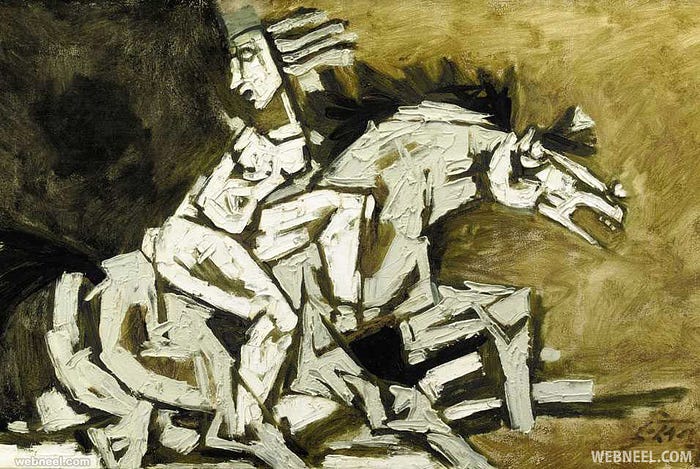
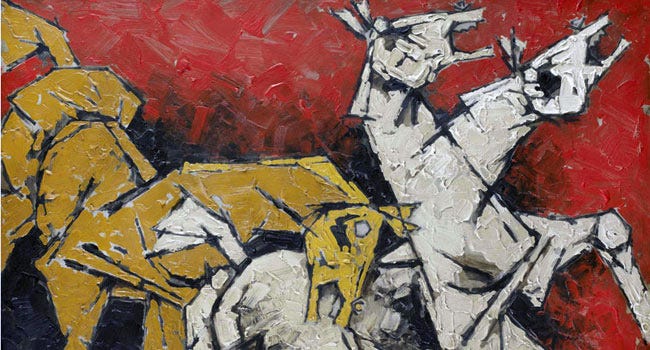
His narrative paintings, executed in a modified Cubist style, can be caustic and funny as well as serious and somber. He was known as the ‘Picasso of India’. It was very ironic as Husain himself did not accredit Picasso as a good artist and preferred others such as Paul Klee over him. Husain has painted a wonderful picture of a woman playing a sitar which is very close to Picasso’s blue period painting of ‘The Old Guitarist’.
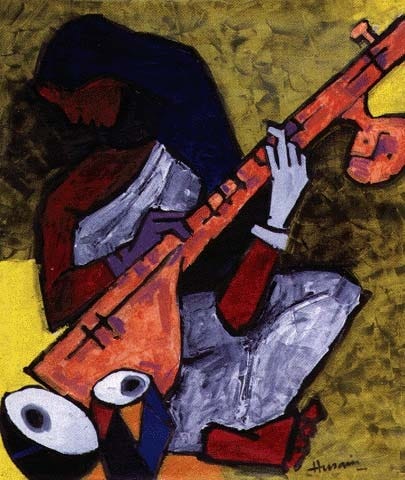
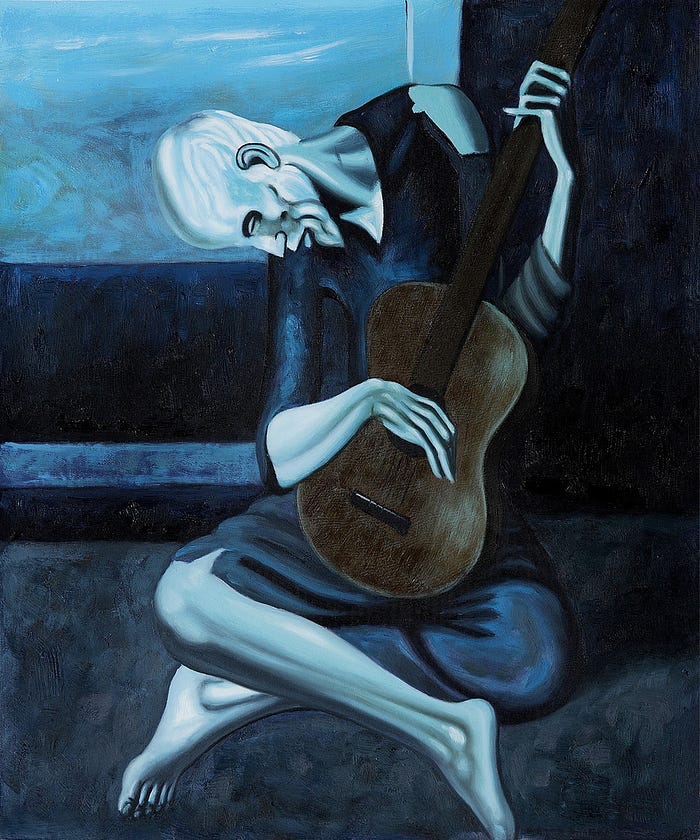
His themes — sometimes treated in series — include topics as diverse as Mohandas K. Gandhi, Mother Teresa, the Ramayana, the Mahabharata, the British Raj, and motifs of Indian urban and rural life. Husain is the most celebrated and internationally recognized Indian artist of the 20th century. Husain is primarily known for his paintings, but is also known for his drawings and his work as a print-maker, photographer, and filmmaker. Some of his later works stirred controversy, as they depicted traditional deities of India in non-traditional ways including nude portrayals of the deities.
Husain was associated with Indian modernism in the 1940s. His early association with the Bombay Progressive Artists’ Group used modern technique, and was inspired by the “new” India after The Partition of 1947. He had painted a picture of a semi nude woman around India, which caused a lot of havoc.
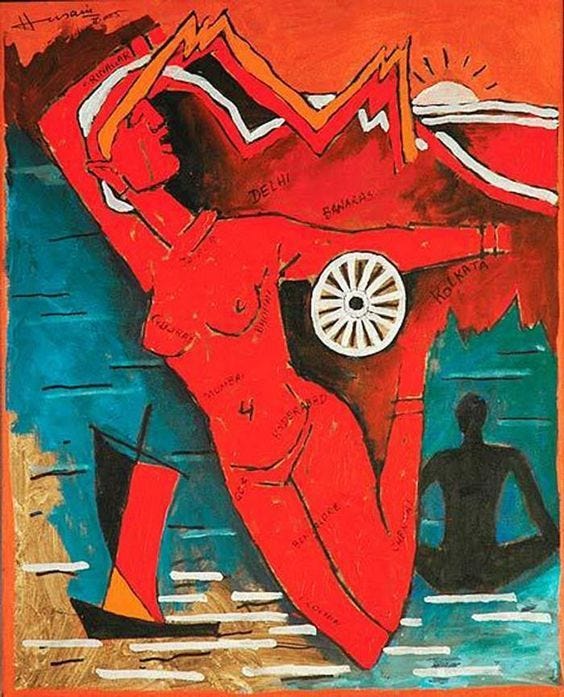
Husain has around 20 controversial paintings, some of nude deities, although he felt that those who objected were still yet to learn the true depth of the language of art. In his life, Husain had done many series and one of these was Mother Teresa. The venerated figure of Mother Teresa first appeared in the art of Maqbool Fida Husain in 1980. Since then the numerous canvases dedicated to the subject of Mother Teresa stand as testimony to the profound impact the saint had on the artist’s life and work. While often depicted as a faceless entity, these paintings explore notions not only of the Mother Teresa herself, but of motherhood in general, from the biblical Virgin Mary to Husain’s own mother who died when he was very young.
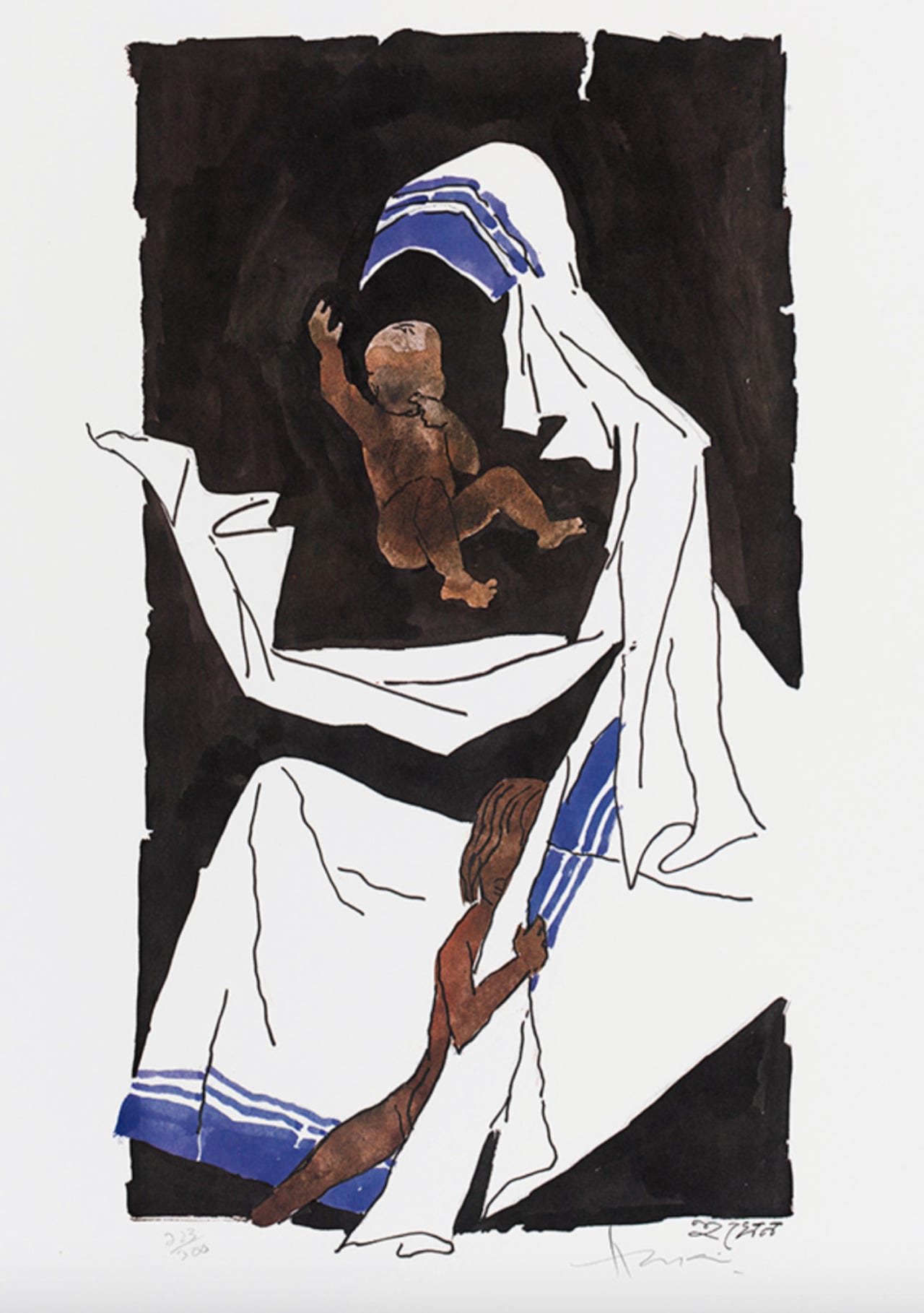
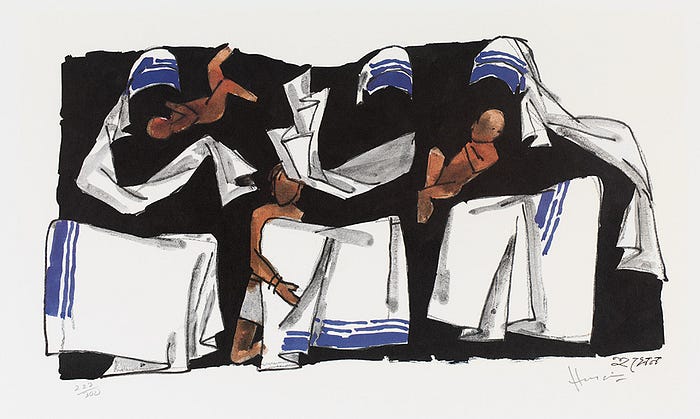
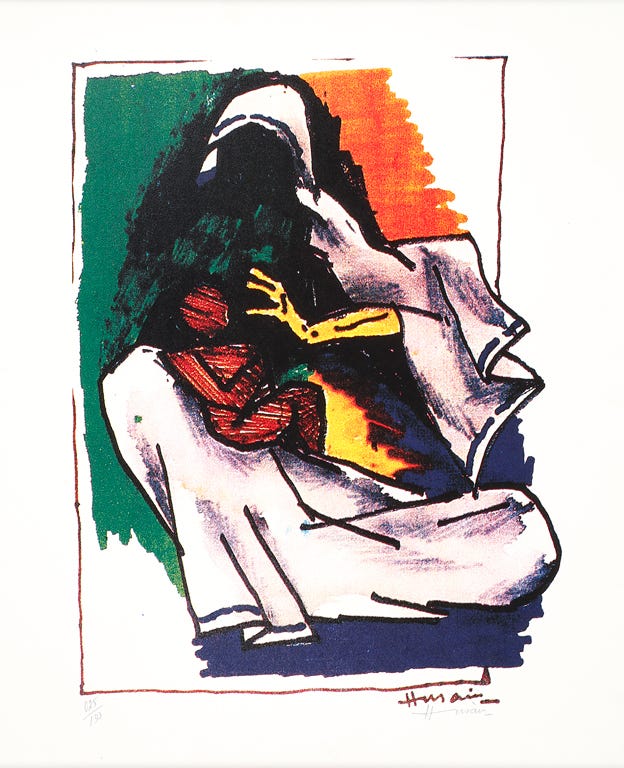
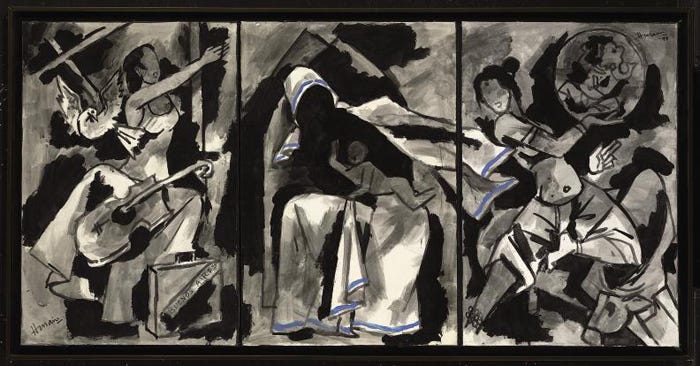
“If you go out on an Indian street, you will see a splurge of color which is just unparalleled anywhere in the world,” says Rajeev Dhavan, an author and advocate in India’s Supreme Court. “You take all those colors and put them all in the mind of Husain with an element of structure in them and you see something that is quite magnificent in his range of art.”

Husain was also well known for his Mahabharatha series, an epic which has been depicted by many famous artists.
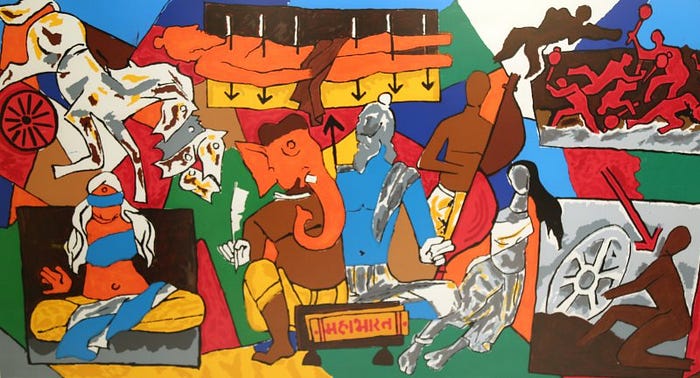
He also directed a few movies. In 1967, he received the National Film Award for Best Experimental Film for Through the Eyes of a Painter. In 2004, he directed Meenaxi: A Tale of Three Cities, a film he worked on with his artist son Owais Husain, which was screened in the Marché du Film section of the 2004 Cannes Film Festival.
As you can see there was no end to his creative pursuits and he used to paint even at the age of 92 for about 5 hours a day. A lot of his life was outside India as some controversial paintings lead to the activists burning images of him and threatening to destroy all his work and kill him.
It has been said that the natural death of the painter was indeed a sad event, for man kind would not experience more of his work and also because one of the greatest contributors to the art scene in India passed away far away from his land of birth.
The life of M.F Husain is a never ending journey. This is just the beginning of my tryst with his work.
__________________________________________________________________
The author of this post, Divya Ramachandran is an Artist and Writer. She has Masters in Design from Milan and teaches art to kids during the week. She works on creative projects during her free time and loves collaborating with different artists.
You can get in touch with her at rama.divya@gmail.com or follow her on instagram @happy_divya.
